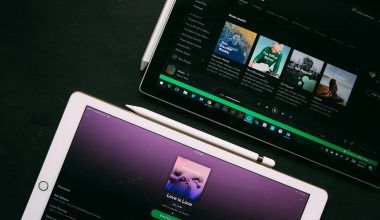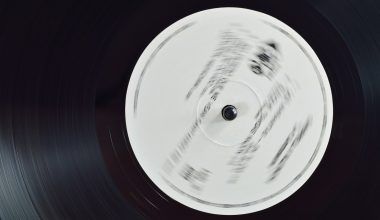When it comes to distributing your music on major platforms like Apple Music and Spotify, adhering to their specific guidelines for cover art is crucial for successful submission. Below is a breakdown of the key requirements and restrictions that these platforms enforce.
Apple Music Cover Art Guidelines
- Resolution and Quality: Apple Music requires cover art to be at least 3000 x 3000 pixels in a square format, provided in JPEG or PNG format. The image must be high quality, professionally rendered, and without any pixelation or distortion.
- No Misleading Information: Cover art must not include any misleading information. This includes incorrect or unofficial track or album titles, artist names, or any other text that could confuse listeners about the origin of the album or the content they are purchasing.
- No Website URLs, Social Media Info, or Contact Information: Apple strictly prohibits including any website addresses, social media usernames, or contact details on the cover art. This extends to hashtags and QR codes.
- No References to Physical Packaging: References to the physical product (such as “CD” or “Compact Disc”) are not allowed if the release is digital-only.
- No Promotional Content: Cover art should not contain any promotional material, including but not limited to phrases like “new single,” “on sale,” or “limited edition.”
- No Copyrighted or Trademarked Images Without Permission: Ensure that all images and logos used are owned or licensed by you. Unauthorized use of copyrighted images, including logos of brands, even if modified, can lead to rejection.
Spotify Cover Art Guidelines
- Quality and Formatting: Like Apple, Spotify requires a minimum resolution of 3000 x 3000 pixels in a square format, using JPEG format. The image should be clear, without blur, and should not be upscaled from a lower resolution.
- No Misleading Content: Spotify requires that the cover art accurately represents the music on the track and should not include unrelated or deceptive images.
- Text Restrictions: Spotify discourages excessive text on cover art. Essential text like the artist name and album title should be limited and clearly related to the content. Overcrowding with promotional text, release dates, or slogans is discouraged.
- Restrictions on Offensive Material: Images that could be considered offensive, hateful, or violent are not permitted. Spotify has a strict policy against content that could incite hatred or violence.
- Barcode and Logos: Barcodes or other commercial logos are not permitted on the cover art unless they are part of the artist’s brand identity.
- No Borders or Cropping: Spotify recommends not including borders on the cover art. Images should also not appear to be cropped or cut-off inappropriately.
Best Practices for Compliance
- Consistency: Ensure that your cover art is consistent across all platforms. This not only helps in adhering to platform guidelines but also strengthens your brand identity.
- Preparation: Have your cover art reviewed by a graphic designer or a consultant familiar with the specific platform’s guidelines before submission.
- Documentation: If using copyrighted or trademarked material, keep your licensing agreements and permissions organized and accessible in case the platform requires verification.
By following these guidelines, you can avoid common pitfalls that might lead to rejection or removal of your music from these key digital platforms, thus ensuring a smoother distribution process.
For further reading, explore these articles:
- Essential Tips for Designing Cover Art for Your Song: What to Avoid?
- Understanding Why Song Audio Gets Rejected from Streaming Platforms
- Deliver My Tune’s Service: Latest & Updated
For additional resources on music marketing and distribution, visit Deliver My Tune.






